Responsible Wildlife Viewing: Wonder Without Disturbance
Chosen theme: Responsible Wildlife Viewing. Step into a world where curiosity meets care, where every sighting protects what we love. Learn to watch exquisitely, act thoughtfully, and leave habitats richer than we found them. Subscribe for field notes, guides, and stories that honor the wild.
Ethics First: A Gentle Code for Seeing the Wild
Getting too close can burn precious energy animals need for migration, raising young, or surviving winter. National park guidance recommends at least 100 yards from bears and wolves, and 25 yards from other wildlife. Your restraint helps them thrive. Share your distance tips below.
Ethics First: A Gentle Code for Seeing the Wild
Feeding wildlife changes natural behaviors, increases disease risk, and can turn a curious animal into a dangerous one. Keep snacks sealed, dispose of waste properly, and let natural foraging remain natural. Comment with your best leave-no-food-trace habit to inspire others.
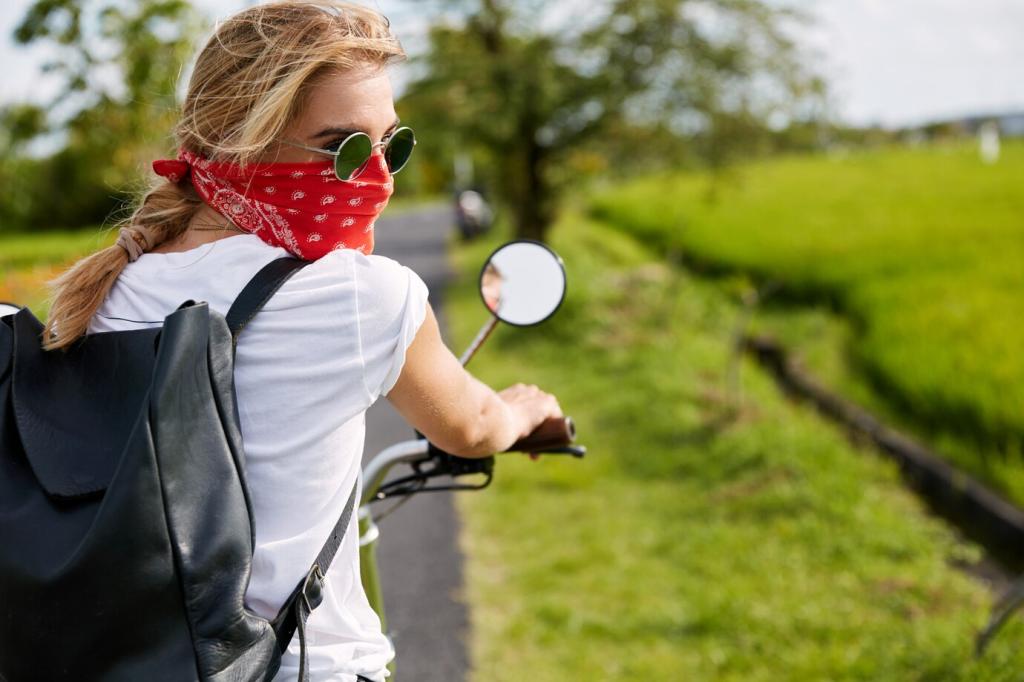

Tools That Bring You Closer Without Getting Close
Eight by forty two binoculars balance light and stability for most users, while 300mm or longer lenses deliver respectful proximity for photographers. Image stabilization helps in wind. Share your go-to setup, and subscribe for gear breakdowns that prioritize wildlife well-being.
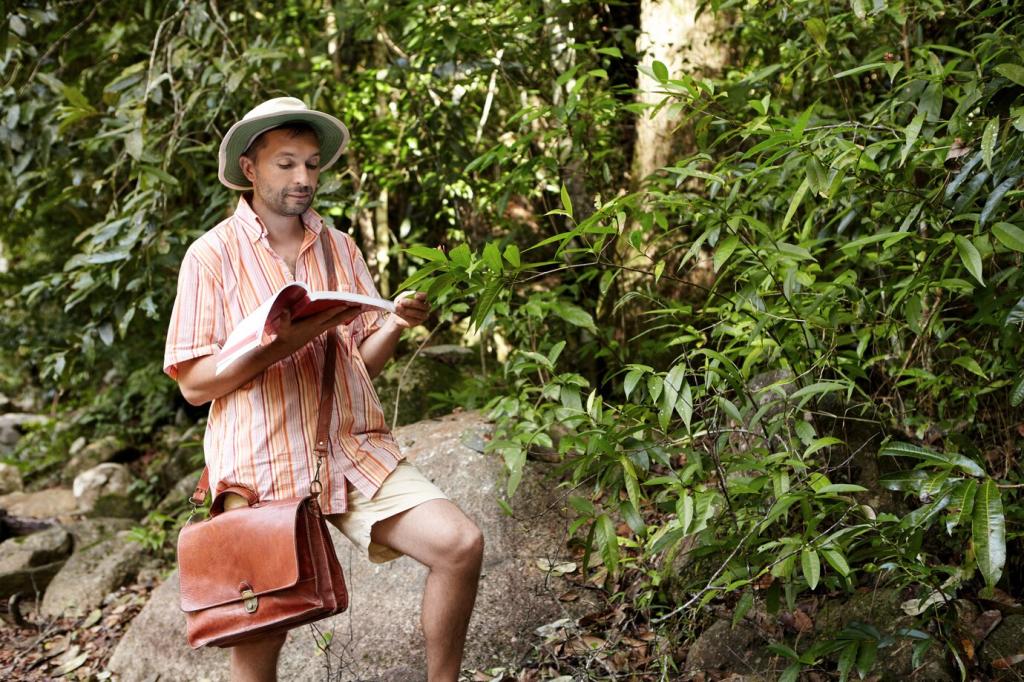
Safety Shared: Protecting People and Animals Together
Pinned ears, tail flicks, false charges, and alarm calls are red flags. Yawning in some mammals signals stress, not boredom. If you notice vigilant stares or restless shifting, back away slowly. Comment with behaviors you watch for, helping newcomers interpret subtle signals.
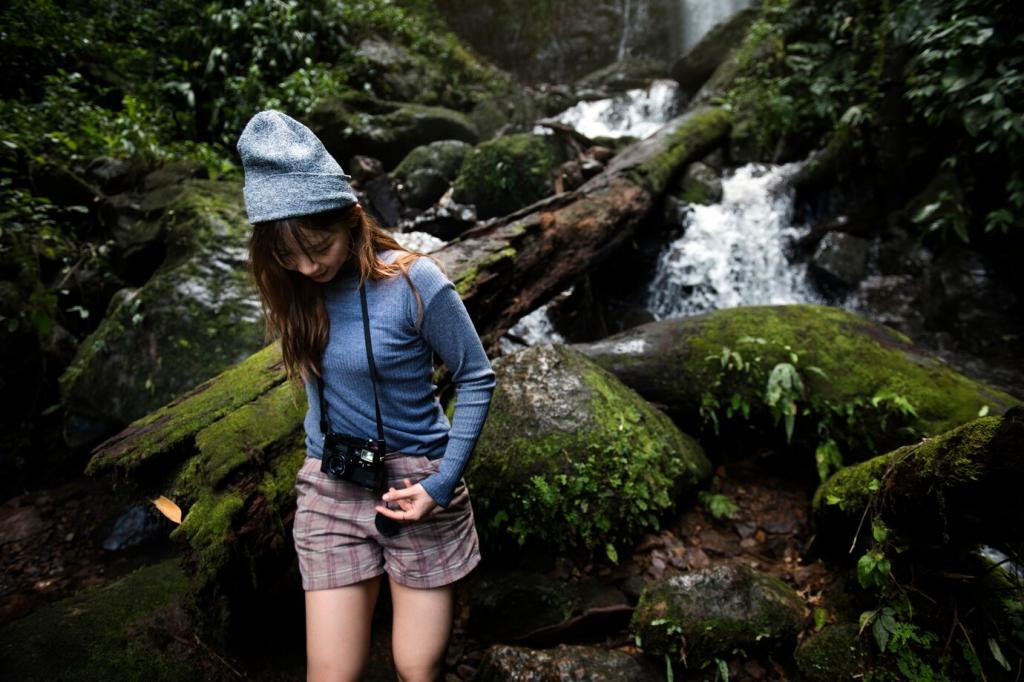
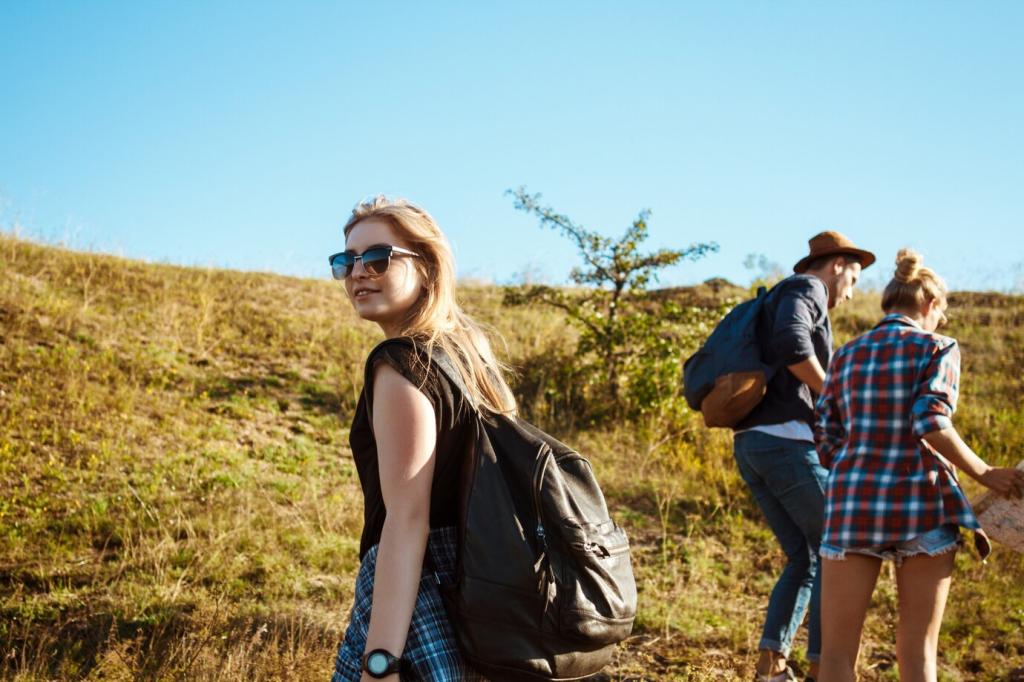
Safety Shared: Protecting People and Animals Together
Never corner wildlife between you and water, cliffs, or dens. Keep a clear retreat path for both sides. If an animal changes direction because of you, you are too close. Share strategies that help you reposition early and keep encounters peaceful.
Field Stories: Moments Made by Patience
At a frosted meadow edge, we sat forty yards away, still as stones. The fox trotted, pounced, and missed, then pounced again, triumphant. Because we waited, it forgot us. Share a patient moment that changed your understanding of wild trust.
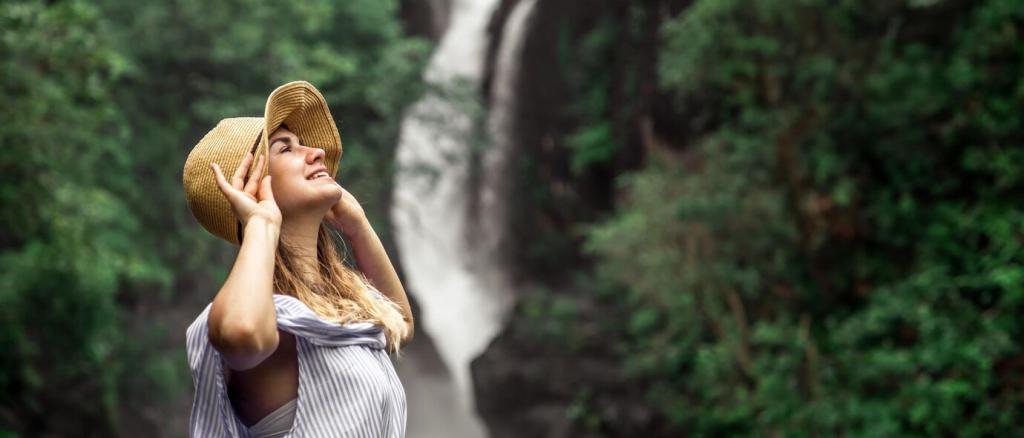
Share Data, Not Nests
Platforms like eBird and iNaturalist help scientists track migrations and range shifts. But avoid posting exact locations for sensitive species or dens. Blur, delay, or generalize. Comment with your privacy practices, and subscribe for our ethical data checklist.
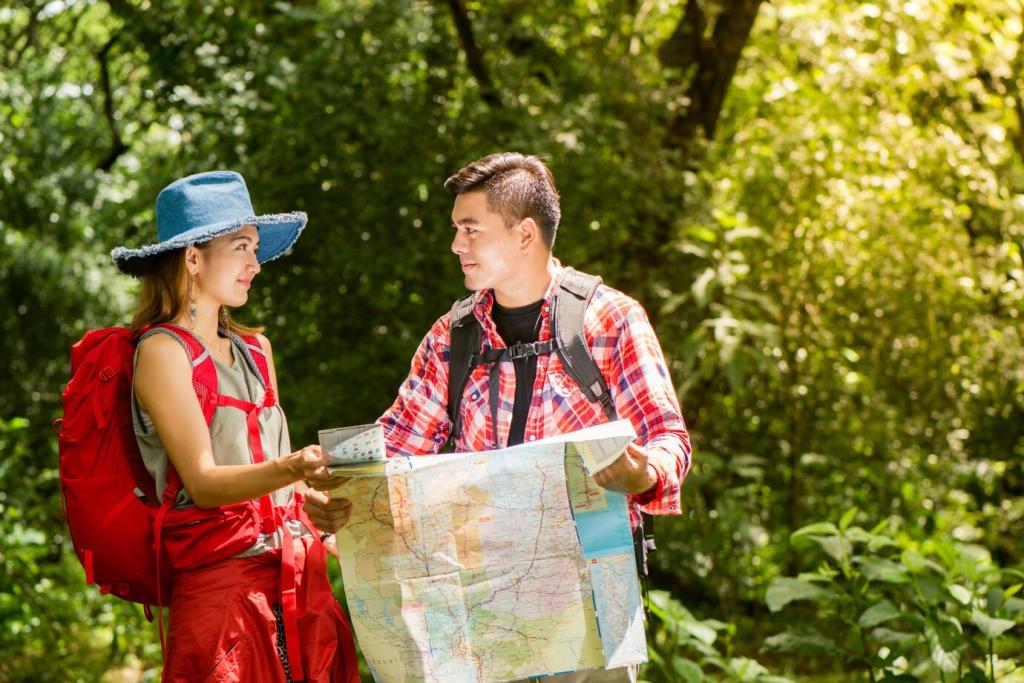
Support Places That Protect
Choose lodges and guides certified for wildlife ethics, and donate to habitat restoration projects. A portion of trip budgets dedicated to local conservation creates lasting benefits. Recommend organizations you trust, helping our community fund protection where it matters.

Volunteer With Purpose
Beach cleanups, invasive plant pulls, and monitoring projects welcome careful observers. Training sharpens skills and connects you with mentors who value restraint. Share opportunities in your region, and invite a friend to join our newsletter for monthly volunteer highlights.
Plan Trips That Leave Only Good Stories
Seasonality and Sensitive Times
Breeding, nesting, molting, and denning seasons require extra caution or complete avoidance. Research local calendars and closures before you go. Tell us how you plan around sensitive windows, and subscribe for destination-specific wildlife timing guides curated by careful travelers.
Choose Ethical Operators
Ask tour providers about viewing distances, group sizes, baiting policies, and certified training. Read trip reports for red flags like crowding or chasing. Share your checklist questions to help fellow readers book with confidence and compassion.
Pack Light, Pack Right
Bring layers that muffle, neutral colors, and dry bags to protect gear so you never need to scramble near nests. Include a small trash bag to carry out litter. Post your minimalist packing list and encourage new readers to join our updates.
